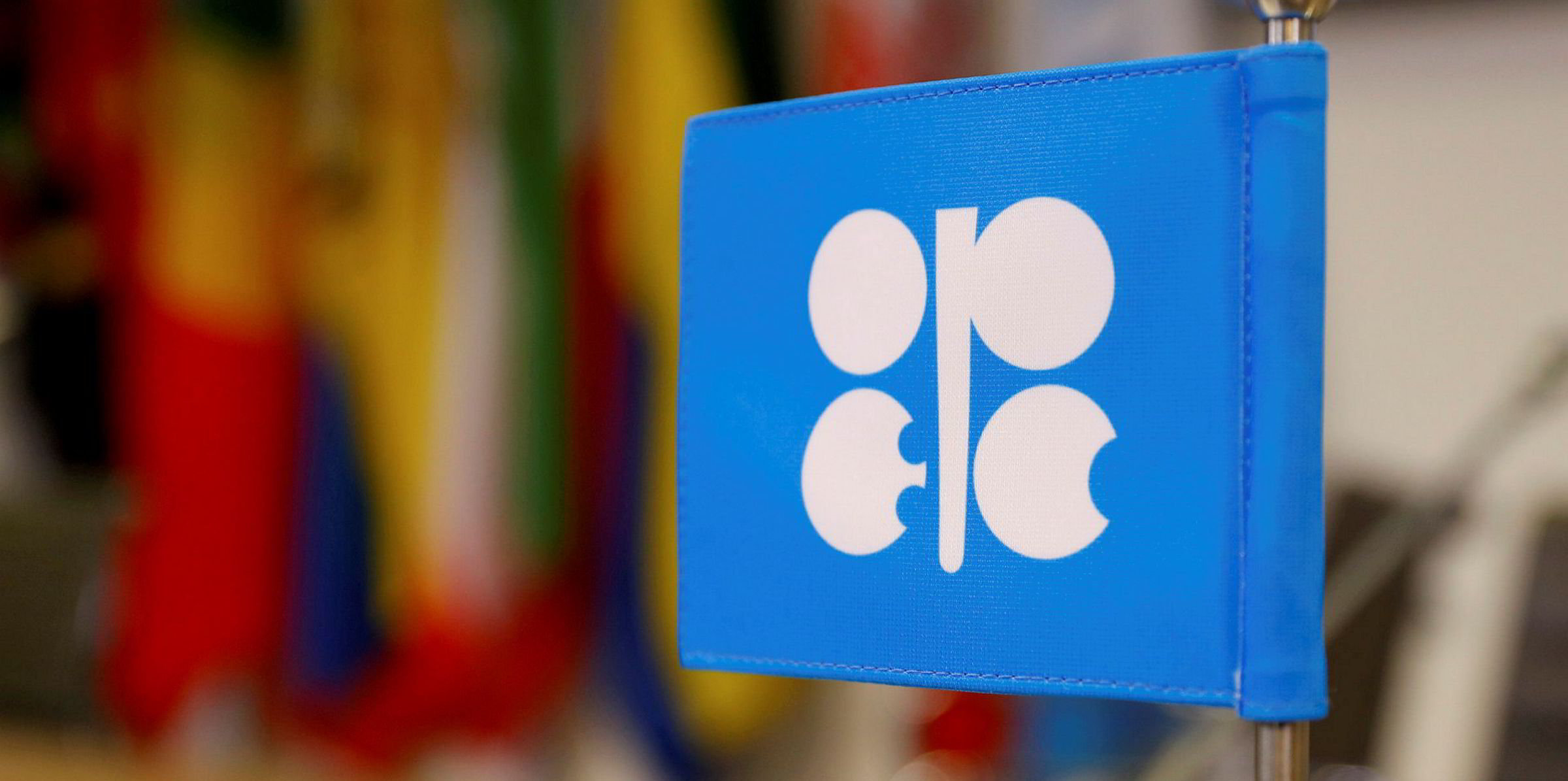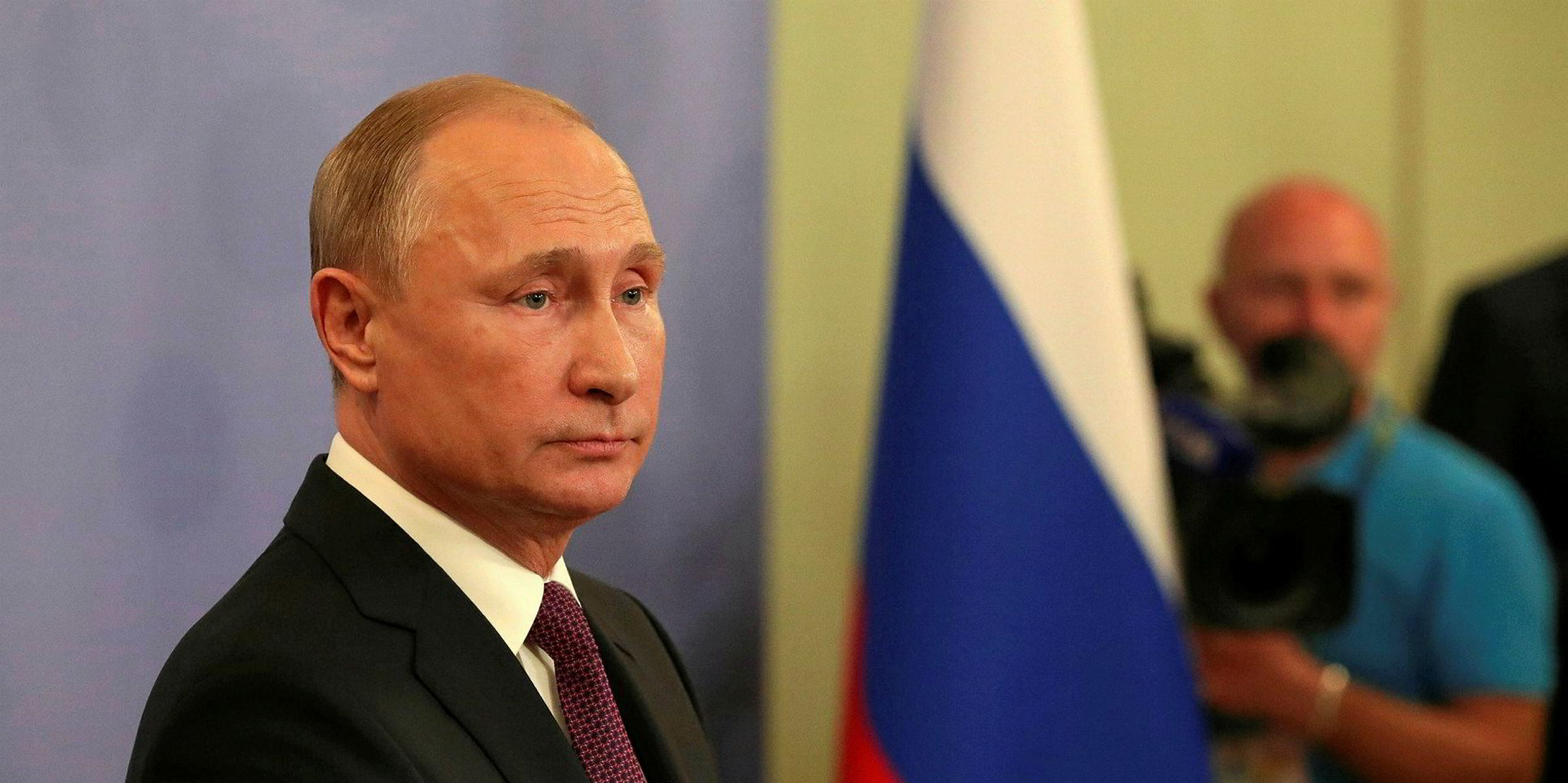While the latest Opec export data suggested underlying strength for tanker markets, analysts reckoned short-term prospects are bleak with the oil cartel and its Russia-led allies set to deepen their production cut.
Data from Kpler showed Opec’s seaborne crude exports gained 463,000 barrels per day (bpd) from the previous month to 22.4m bpd in February, in spite of lower exports from Libya.
With a prolonged oil blockade led by eastern strongman Khalifa Haftar, Libya’s exports dropped to a multi-year low of 100,000 bpd last month from 746,000 bpd in January.
But Iraq, Kuwait, Saudi Arabia and the United Arab Emirates together hiked their exports by 1.06m bpd in February, according to Kpler.
Analysts at the cargo data provider said: “The Saudi increase was particularly notable after departures finished February at 7.44m bpd, marking the highest export level since December of 2018.”
The export data offers explanations for the resilience of crude tanker markets, where spot earnings are comfortably above operating expenses across the segments.
Clarksons Platou Securities assessed the global average VLCC earnings at $33,100 per day on Tuesday morning. Suezmaxes stood at $28,700 per day and aframaxes at $23,300 per day. The rate assessments cover ships with no scrubbers installed.
Turning bearish
But industry surveys showed Opec’s crude production in February decreased to the lowest in more than a decade, which could result in fewer tanker liftings in the coming weeks.
A Reuters survey of oil players found Opec pumped 27.8m bpd last month, while a Bloomberg poll suggested the output level was 27.9m bpd.
The low production came as Opec members over-committed to a 1.7m-bpd supply cut agreement they reached with Russia and nine other producers, which is due to expire on 31 March.
With lower Chinese consumption amid the coronavirus epidemic, a technical panel of the Opec and its allies last month recommended a further reduction of 600,000 bpd for the second quarter.
Even though Russia showed initial resistance to the recommendation, the Opec+ group is widely expected to agree to a cut during the upcoming meeting on Thursday and Friday, but the degree of which remains uncertain.
Saudi Arabia is now targeting a 1m-bpd cut as oil demand prospects weaken further amid the spread of coronavirus. Russia could be asking for less, as it is comfortable with the current oil price, according to media reports.
Long-term benefits
“Our bet is that Saudi Arabia will get the 1m-bpd cut it is said to be targeting, which basically would leave total output flat when Libya eventually returns,” Arctic Securities said. “We believe Saudi and Russia are merely seeking stability at this point.”
The brokerage described the reduction would be “foul-tasting medicine” for tanker owners, suggesting a re-balancing oil market is negative for freight earnings in the short term but positive for the long run. “It will help, eventually,” Arctic said.
Clarksons Platou estimated a 1m-bpd reduction of the Middle East Gulf-China crude trade would reduce tanker demand by 23 VLCCs per annum but said longhaul shipping demand could be supported by US exports.
“If Opec+ arrests the decline in crude prices, this should be positive for US exports,” said Clarksons Platou, referring to the high sensitivity of US shale producers to oil price.
“Even though [the cut is] likely negative on the margin, the potential slowdown in US crude output if prices were to collapse, would have been much worse for tankers.”







